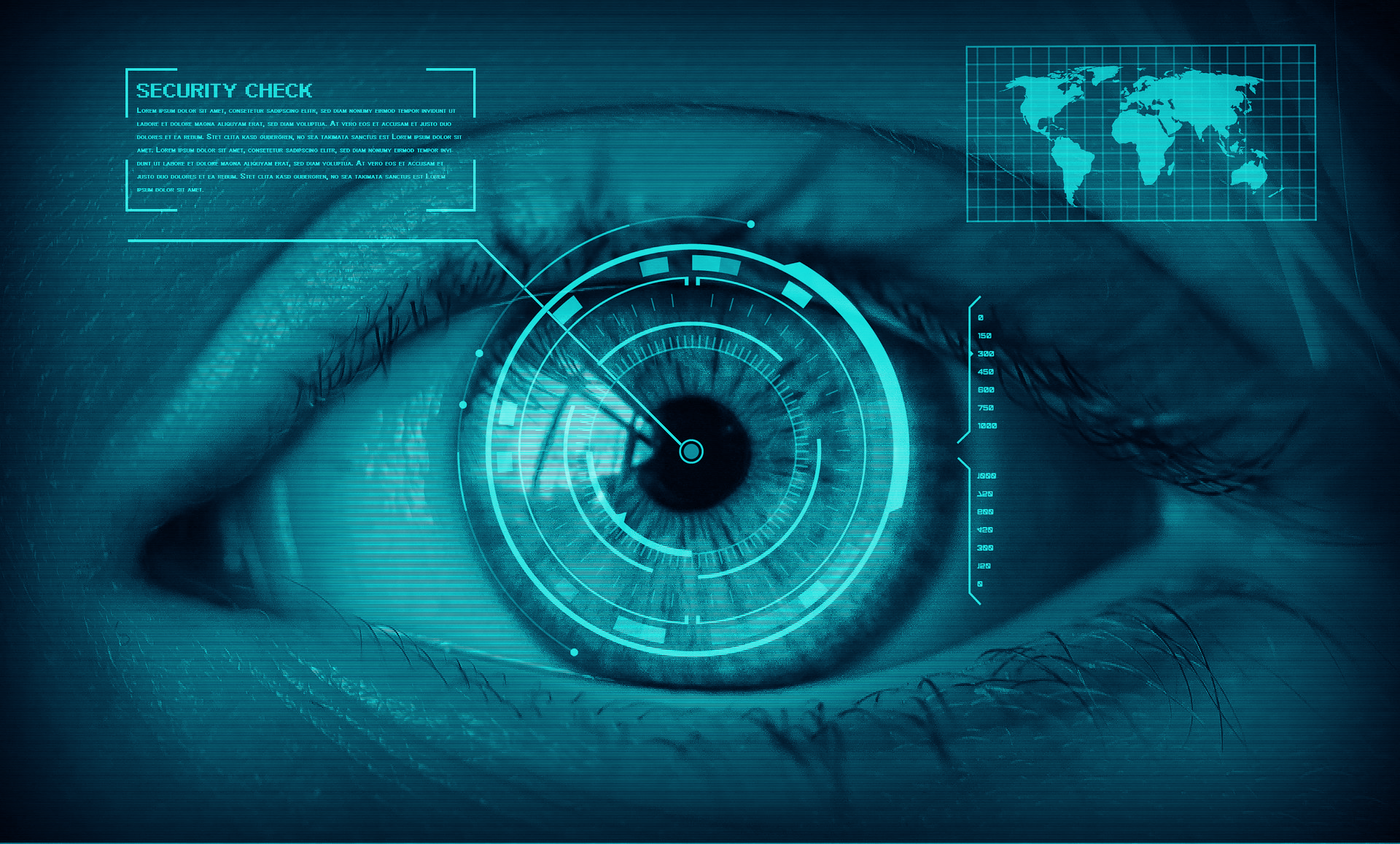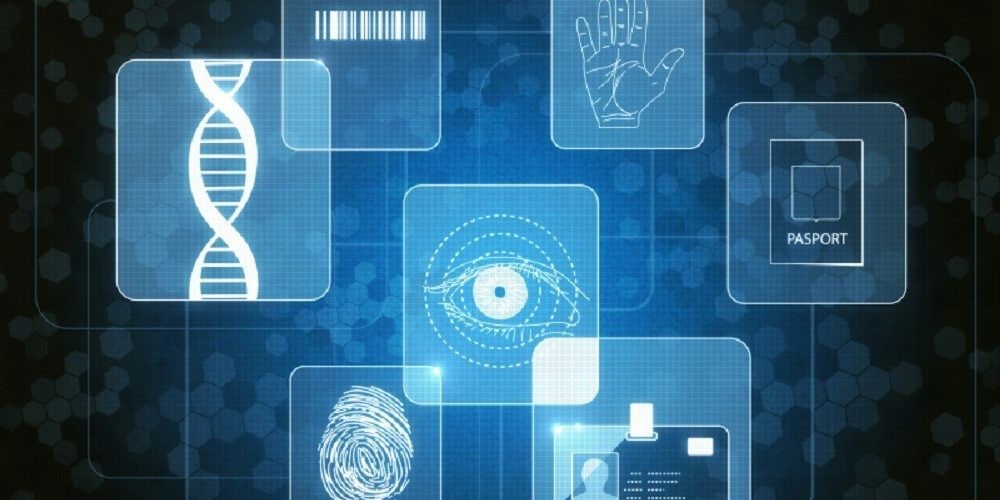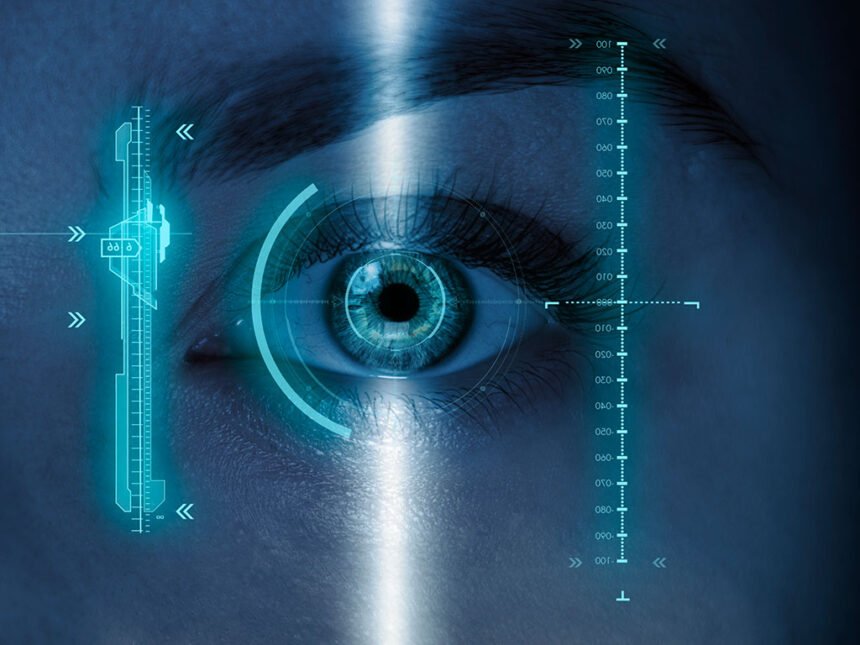Biometric data has been incorporated in all smartphones and now even in some laptops. Apple has always been known to take their security very seriously and all devices are now relying heavily on biometrics. But does Biometrics ensure the security of the iPhone?
Biometrics identifiers are usually face ID and fingerprint sensors. Some devices have gone as far as retina scanning. Like everything, this too has its pros and cons. Let’s take a look into what they imply in terms of security and protection of sensitive data.
Biometric data ensures that no third person can access ones device and invasion of privacy is limited. To maintain privacy, Apple hasn’t synced biometric data with the cloud. The information is saved on the device itself.

Ideally either face id or fingerprint sensor is always accompanied by a pattern lock or a pin lock. These basic biometric locks have always raised speculations of just how safe they are and not yet fully accepted as it’s own.
Sometimes fingerprint scanners can be compromised due to dirt or oil on ones fingerprint grouves, or due to age or an accident but the same cannot be said about face id. In some cases fingers don’t provide us with enough security because they can be manipulated to a person’s will.
These ID’s can easily be overridden by security questions like the users age, their street name or their favourite show name. So, there will always be speculation of just how safe any kind of security system can be with it’s pros and cons.

Even though fingerprints can never be faked and it’s very hard to replicate them, biometrics should never be the soul form of privacy settings in ones device. Layering security switches in an excellent way of protection against cyber crime and fraudulent crimes.
Two factor authentication, passcodes, pins, patterns are enouriged as a layering of security to saveguard privacy. Big names like Apple, Microsoft, Google, swear by the said system.
Behaviorial Identifiers (IDFA) on phones may record and keep track of more traits than we can think of – instances like our text patterns, the most sights visited, the type of activity carried out on the web. We essentially leave a footprint wherever we go and whatever we do with behavorial identifiers.

This can be minimalized by deleting all apps that’s not frequently used. It decreased opportunities of observation and transfer of behaviorial traits.
While being dangerous, this can also be an effective method of safekeeping privacy and enhancing protection. Faking Physical attributes is possible but faking behaviorial attributes are hard. Those sensors are more sensitive ans can trace the smallest of breach od privacy.
As discussed, Apple surely takes privacy and security very seriously and hence have incorporated retinal scan in their devices.

This retinal scan is much smaller in size than the standard version, hence being more sensitive to fraudulent behaviours. This had it’s own set of drawbacks like everything else, but it’s advantages surpass it’s disadvantages.
The retinal comes with health tracking benifits besides its security measures. Blood vessels in the eye don’t get damaged or change any way some major bodily change happens. This specific feature can help identify diseases like AIDS, Malaria, Jaundice and more at it’s earlier stages.
It’s not wrong that Apple hasn’t take up big measures to secure biometric data. They have come up with impressive technology and ideas and are now working on turning behavior identifiers into an actual security protocol. They are also working on Gait and they way a person walks, and researchers have been trying to incorporate that into the world-threatened cyber security.



